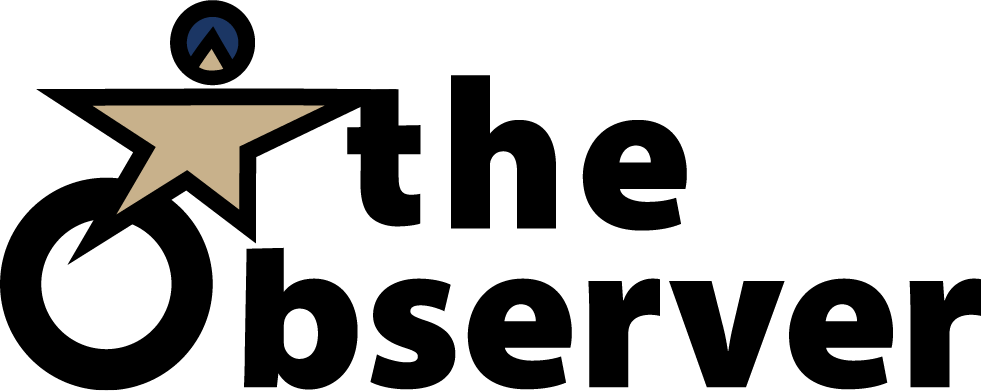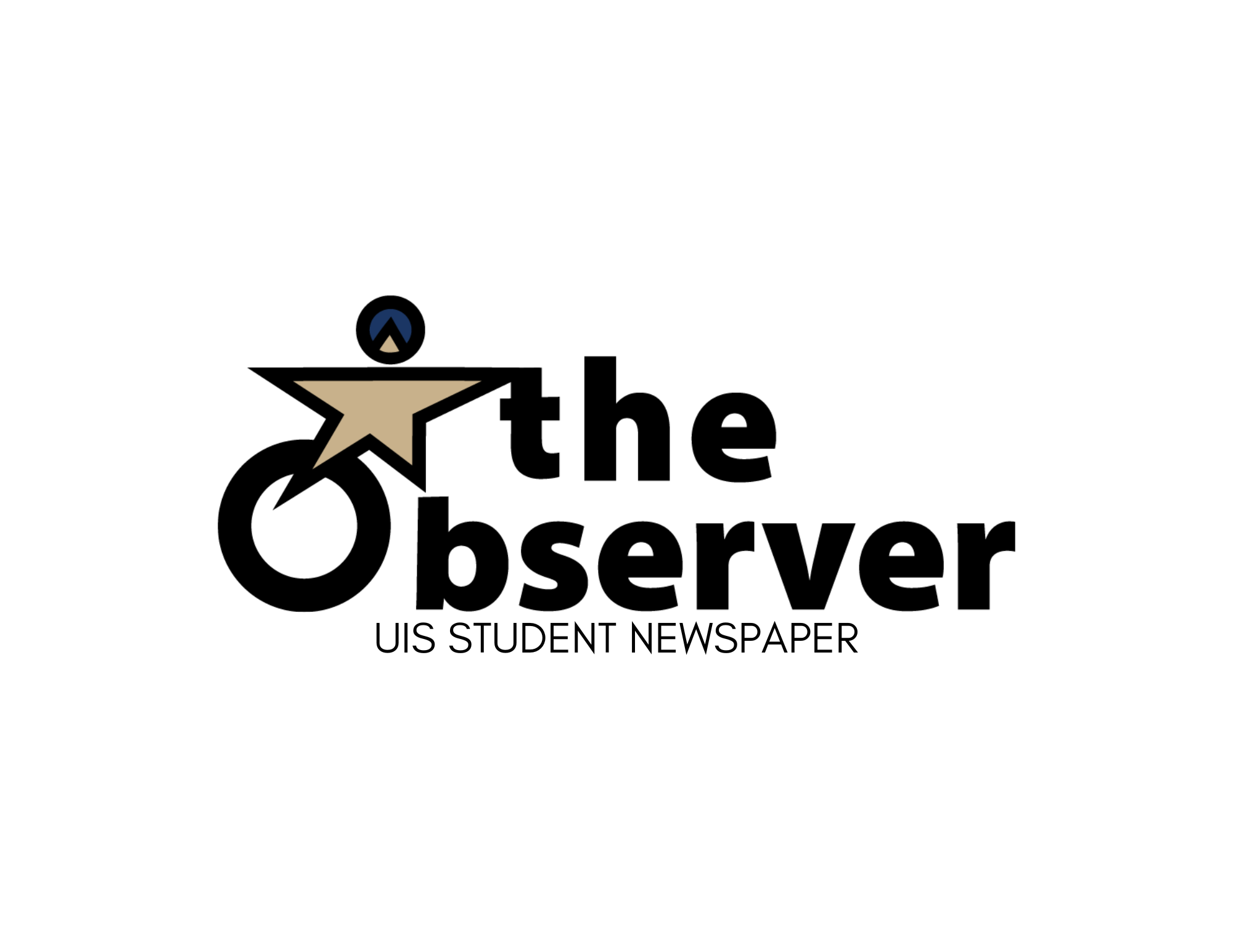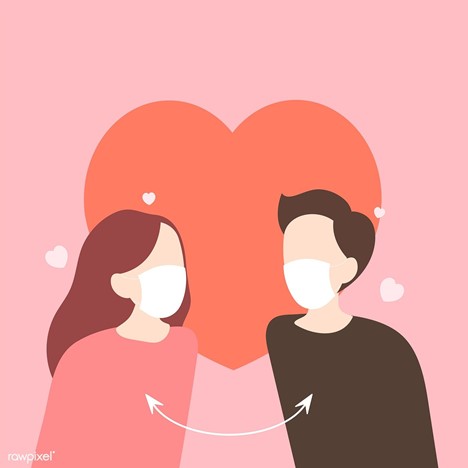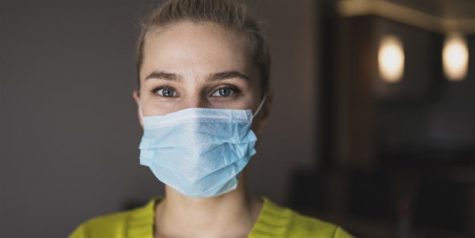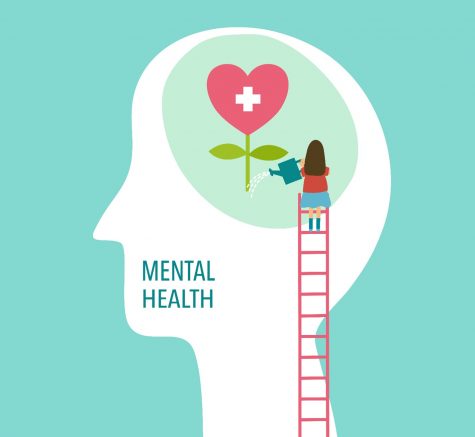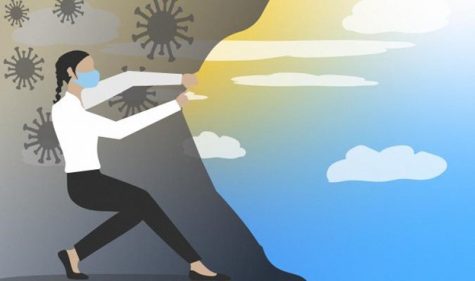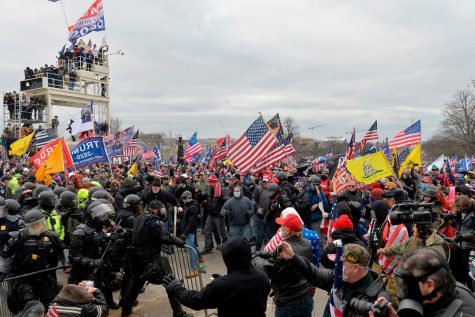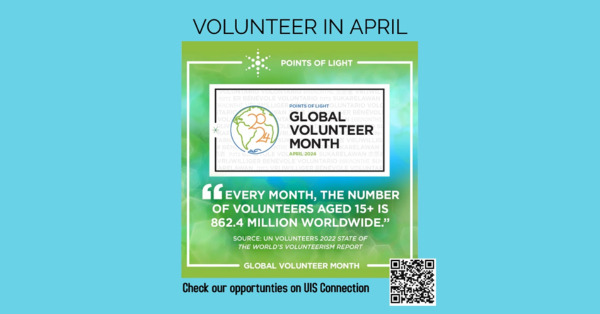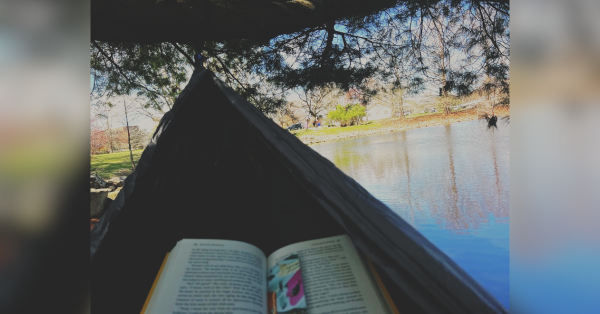BEYOND: The Integration, Controversy and History of Mask Culture in America
Coronavirus has been an overwhelmingly climacteric aspect of the past year, affecting every facet of society in every reach of the world. An interesting development from the COVID-19 pandemic was the reintroduction of mask culture to the United States, a custom that had already been a part of many eastern societies such as South Korea, Japan, and China prior to the pandemic. It was a reintroduction in the sense that this was not the first airborne virus to wreak havoc and cause the use of face coverings on a national scale in the United States. The 1918 Spanish Flu, an H1N1 virulent strain with genes of avian origin, killed roughly 675,000 American citizens during its worldwide transmission in the early portion of the 20th century. Similar to today, there was polarizing controversy surrounding the efficacy and use of masks, to the extent that early 20th century public health campaigns shamed those who refused to wear one.
Currently, regardless of the extreme political polarization seen in the United States, mask use has been a contentious issue from the very beginning of this pandemic. The issue regarding masks, instigated most notably by the 45th President of the United States, has incited a nationwide feud about public health, civil liberties and personal freedom. There are instances in which Americans refuse to wear masks simply out of principle, to protest the local and state mask mandates or even citing matters of personal comfort. The issue brings up many questions. How far can the government go in order to protect public health during times that require collective action? Can the United States government demand Americans follow public health guidelines, like wearing masks and socially distancing, without impeding on their constitutional rights?
With the recent executive order by the 46th President of the United States, masks have been mandated for the first time with the aim of preventing the spread of COVID-19 amongst the federal workforce. This was a step the previous president was opposed to taking, whether due to personal ideology or partisan politics, and this stark difference between the two administrations’ views on masks exemplifies the conflicting viewpoints on where the line of personal liberties should be drawn at the expense of public health. The current administration has bolstered an overwhelming acceptance of scientific guidelines outlined by the CDC regarding face masks, regardless of the controversy surrounding mask use in American communities throughout the country.
The divide between those who routinely wear masks and the self-identified “anti-maskers” has, strangely enough, become a staple of American discourse once again – one hundred years following the Spanish Flu. Portions of the country are diligently attempting to curb the spread of coronavirus by mandating mask use at state and local levels, while others are steadfast in their condemnation of such a mandate. Those on both sides of the aisle have been unwavering in their beliefs regarding masks, which can be seen as a physical depiction of the extreme polarization of ideology we see today in United States politics. Each side is deeply mistrustful of the other, choosing to blame them for the recent economic and public health crises facing the country. But if one thing is true that has come out of this pandemic, it is that the United States never falls short of repeating its rebellious history.

